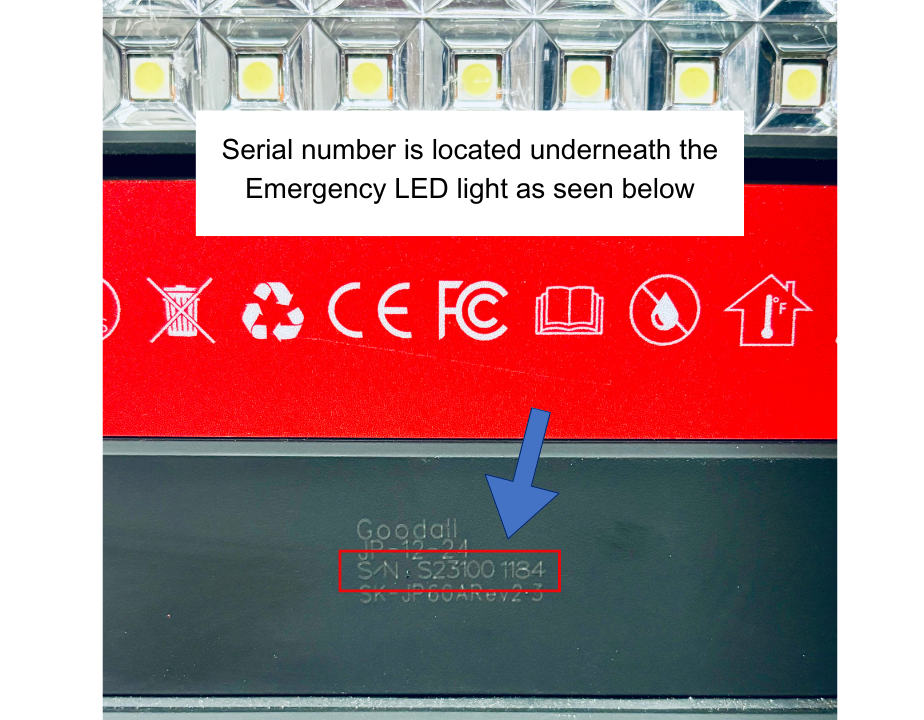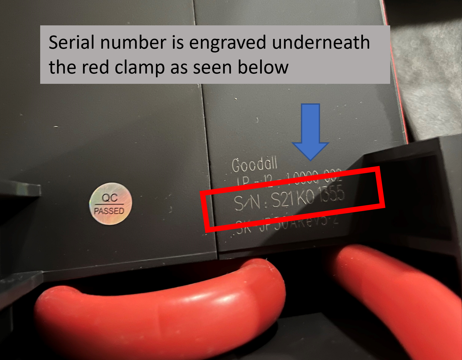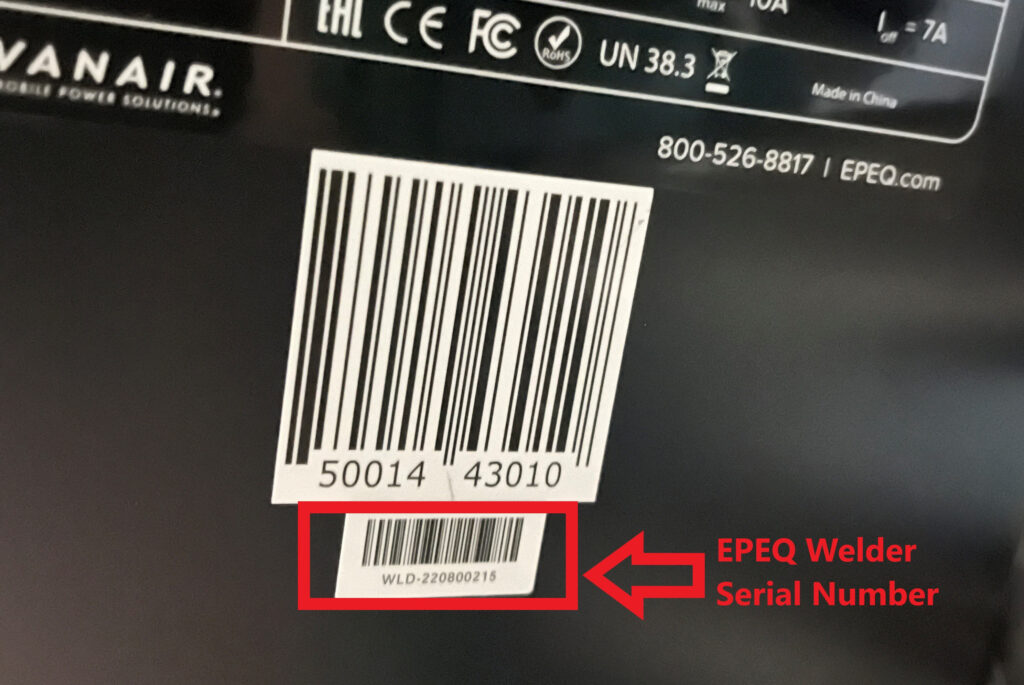Navigating a powertrain or OEM (Original Equipment Manufacturer) warranty can be tough, especially when dealing with a large fleet of heavy-duty vehicles. Even police fleets and other light-duty cars and trucks can have trouble sticking to the parameters of their warranty, especially because idling is so common in these industries. It helps to have a firm understanding of the warranty, as well as what actions and behaviors are most impactful – both positively and negatively. But how does idling affect your OEM warranty? Below are insights into how idling affects your OEM warranty and how policies can be managed better by fleet managers.
The Sneaky Thing About Idle Engine Hours
An OEM warranty may specify a certain number of engine hours covered, but the issue with engine hours is that they refer to times when the truck is moving and idling. Just because the vehicle is not in motion, it could still be using up precious engine hours, and that is how many companies get burned on their warranty by fleet idling.
It is too easy to idle the hours away, and it is often a minute or two here and there that really adds up. Fleets of all sizes in various industries can find themselves wasting resources and costing the company more money overall. For instance, police cars and other light-duty vehicles might end up idling quite often to oversee construction work or while addressing an off-road situation. Ambulances may idle while loading and unloading, and more heavy-duty trucks may idle several times a day. These small actions add up and put a damper on powertrain warranties.
Wearing Out the Hours and the Engine
It’s not just the hours on the OEM warranty that tick by. Premature engine wear is a large problem that often results from idle time in a vehicle. If the warranty states specific maintenance schedules, you might find yourself needing engine work sooner than the parameters stated. Of course, choosing to forego maintenance checks when you need them can result in further damage to the vehicle. In many cases, fleet managers must face the situation and manage the extra costs of breaking the warranty policy.
In some cases, engine wear can cause fleets to void other terms of the warranty, such as periodic replacement for filters and other parts. This makes maintaining a fleet of vehicles even more expensive, which cuts into the entire company.
Difficulties Keeping Track of Fleet Idling
Another issue with idling is that, for most companies, it is difficult to track. If a fleet manager oversees dozens or even hundreds of drivers, it is difficult to be sure that all of the drivers are following idling policies and procedures. Some may try to keep a record of their mileage to help them stay within the engine hour guidelines of their warranty – but this is not always ideal. Still, mileage is not a good indicator of true engine hours or wear on the vehicle.
For example, if the general rule of thumb is to have an inspection or oil change every 5,000 miles, this does not account for the hidden “ghost miles” that occur during idling (which is approximately 32.9 miles per hour of idling). Even if a driver deliberately records their total mileage every single day, it is unlikely they are taking idle time into account. This method may also not be practical without idle tracking technology. Various job types, vehicles, and operators idle for several reasons, which drastically influences their time at idle each day – manually tracking idle time is a lot of additional work for operators to keep track of.
What’s the Big Deal About Idling?
For one matter, an idling car or truck is using up precious resources such as fuel and money. An idling vehicle increases the cost of maintaining and fueling it, which significantly adds up over time. If most vehicles in a fleet are idling daily, hundreds of dollars are wasted every month on extra fuel, not to mention the more frequent maintenance intervals and decreased availability. It might not seem important, but idling is the number one culprit of voided warranty policies.
Conclusion
Fortunately, advancements such as idle reduction technology can make a huge difference in extending your fleet’s OEM warranty – not to mention extending the life of the asset, reducing costs, and decreasing maintenance intervals. Idle reduction technology, such as the EPEQ® Idle Management (EPEQ® IM) System by Vanair®, a Lincoln Electric Company, serve as a viable solution to reduce idling while extending the powertrain warranty. The technology behind EPEQ® IM helps operators and fleet managers keep track of idle time and idle-related data, such as engine usage and wear, operator contribution to idle, and fuel and maintenance costs. This drastically decreases the opportunity for human error and encourages employers to identify and solve critical idling and compliance issues.




